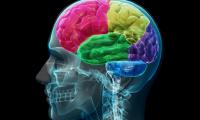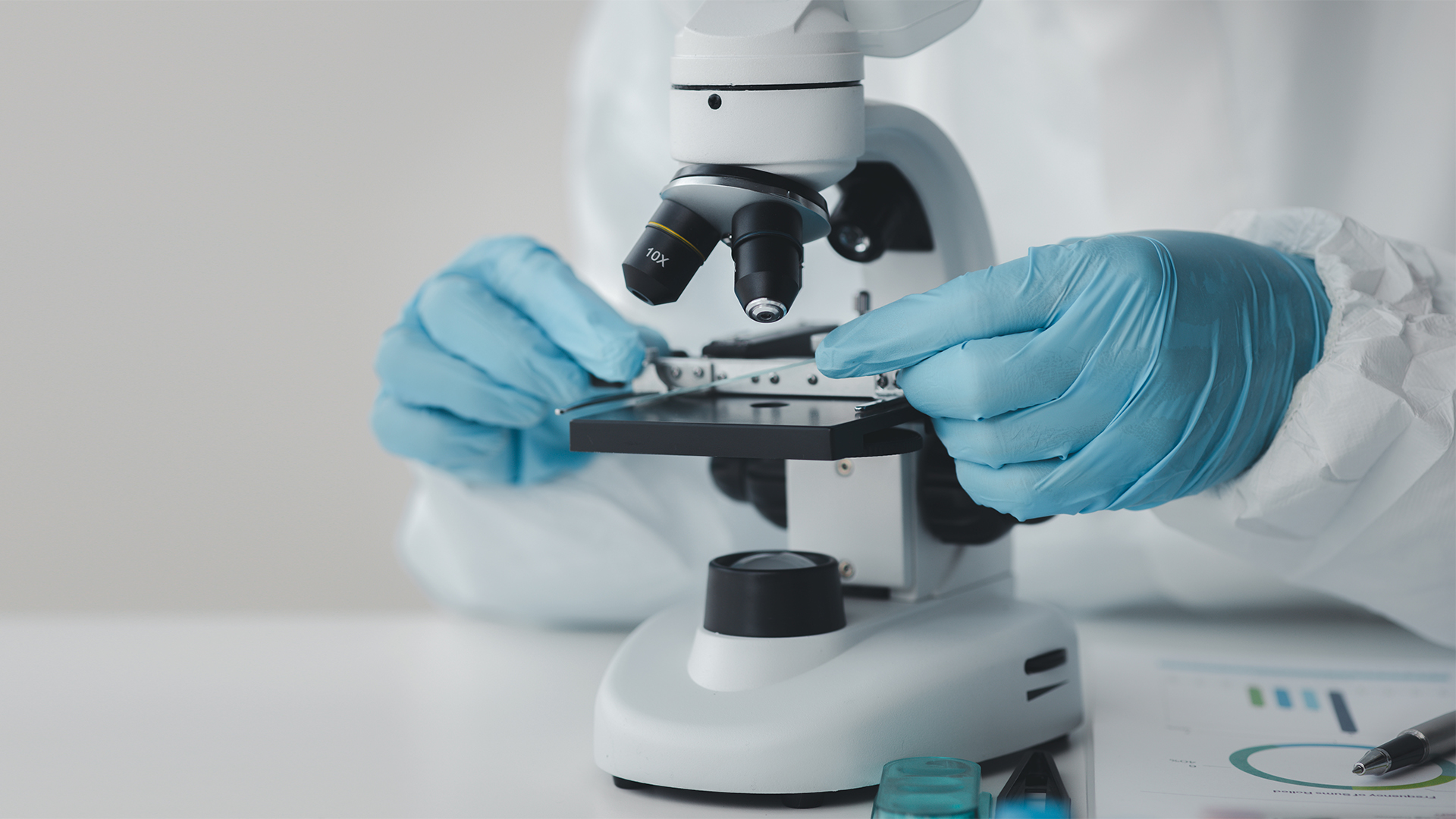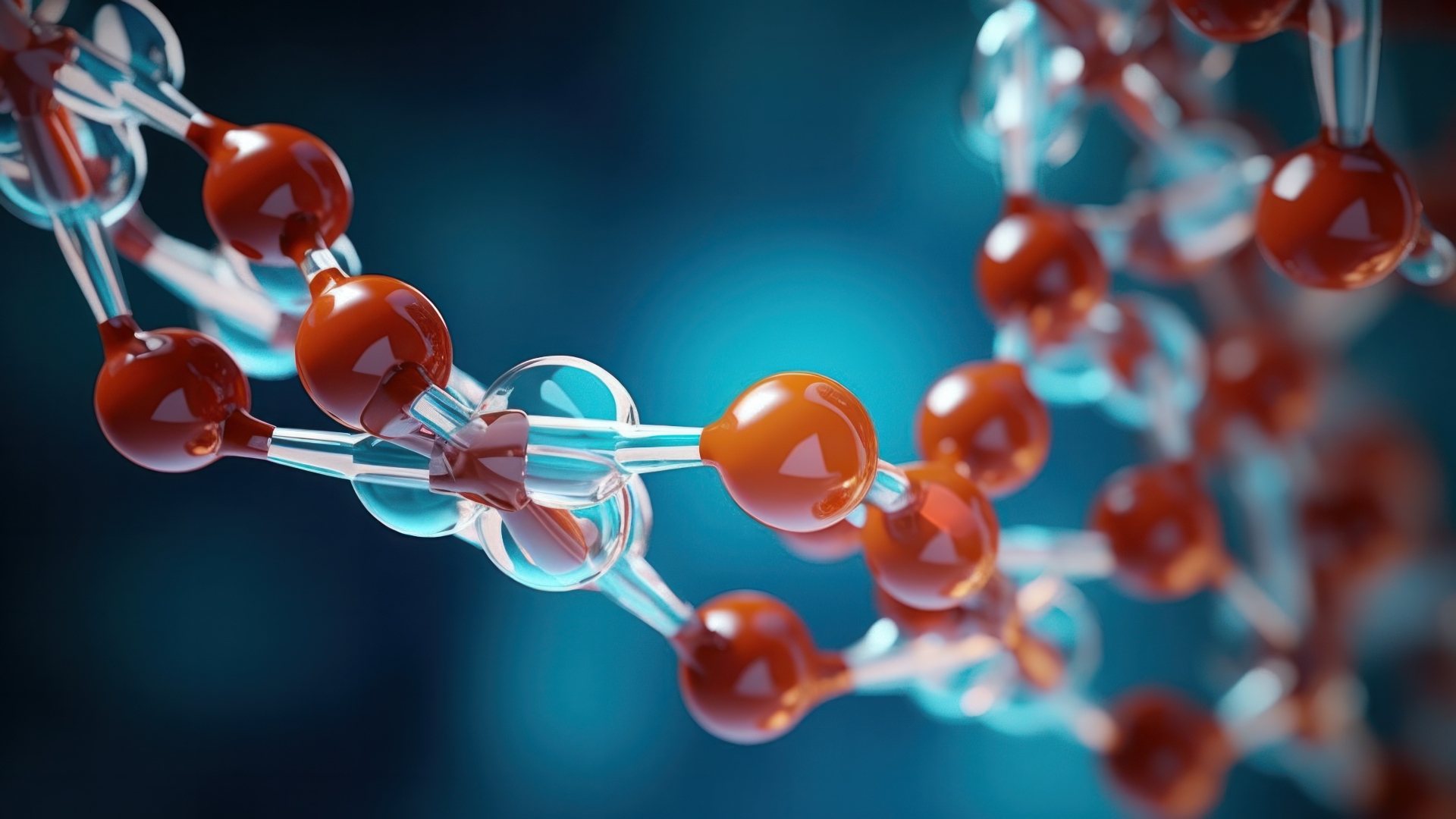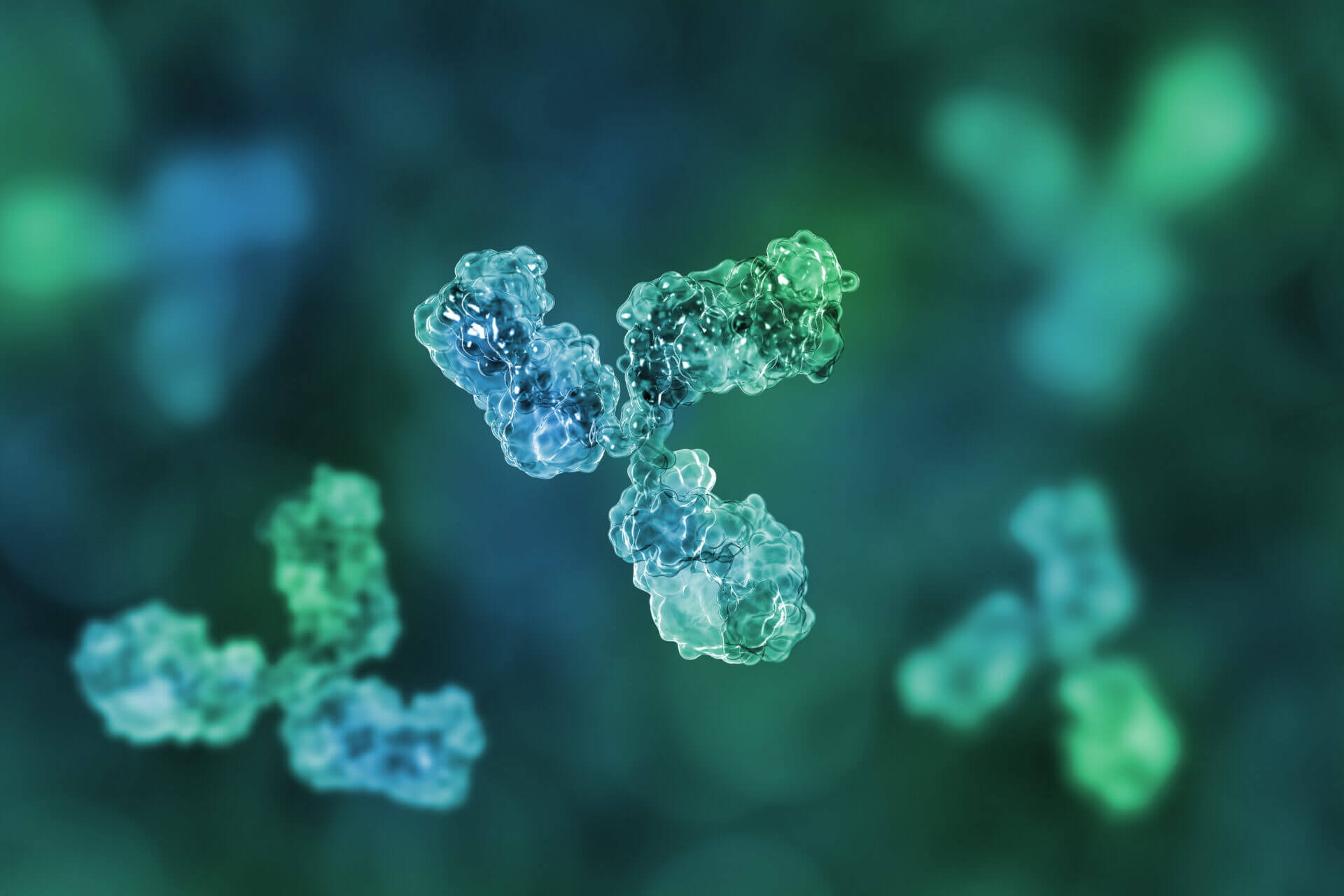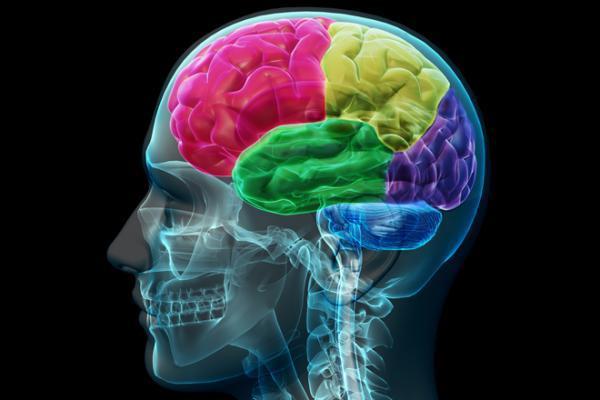
Researchers have found a connection between the size of the currently under-researched choroid plexus in the brain and complex regional pain syndrome.
Aalto University neuroscientists, in collaboration with researchers at Helsinki University Hospital and Harvard Medical School, have found a novel connection between the size of the choroid plexus in the brain and complex regional pain syndrome (CRPS). The findings were recently published in the Scientific Reports online journal.
‘When studying magnetic resonance images of the brains of patients suffering from CRPS, we noticed that the choroid plexus was nearly one-fifth larger in patients than in healthy control subjects,’ says Postdoctoral Researcher Guangyu Zhou from Aalto University Department of Neuroscience and Biomedical Engineering, who analysed the images. The choroid plexus is not well researched, partially because it is not a target in routine brain scans. It is known that the function of the choroid plexus is to produce cerebrospinal fluid, which creates a protective buffer for the brain, as well as controlling the substances which pass through blood into the brain, spinal cord, and cerebrospinal fluid.
‘However, in clinical neuroscience, the functions of choroid plexus beyond cerebrospinal fluid generation have been largely neglected; for example, the size of the choroid plexus is not quantified in routine brain scans,’ explains Professor, Academician Riitta Hari, who was in charge of the research.
‘As the choroid plexus is known to mediate the interaction between inflammation in the periphery of the body and in the brain, it is an interesting and important target for future research of chronic pain and CRPS in particular,’ continues Hari.
‘When studying magnetic resonance images of the brains of patients suffering from CRPS, we noticed that the choroid plexus was nearly one-fifth larger in patients than in healthy control subjects,’ added Postdoctoral Researcher Guangyu Zhou from Aalto University Department of Neuroscience and Biomedical Engineering, who analysed the images.
Regional pain syndrome is a chronic and highly debilitating condition that typically develops after a minor trauma, to the hand for example, and then spreads to other areas, such as the whole upper limb and sometimes even to the other side of the body. Thus, it has been suggested earlier that the central nervous system might play an important role in the disease.
The scientists measured the volume of the choroid plexus from 3-tesla structural magnetic resonance images. The study involved 32 subjects, half of whom suffered from the syndrome and half of whom were healthy.
The research was funded by the Academy of Finland, European Research Council and Tekes ‘ the Finnish Funding Agency for Innovation.








